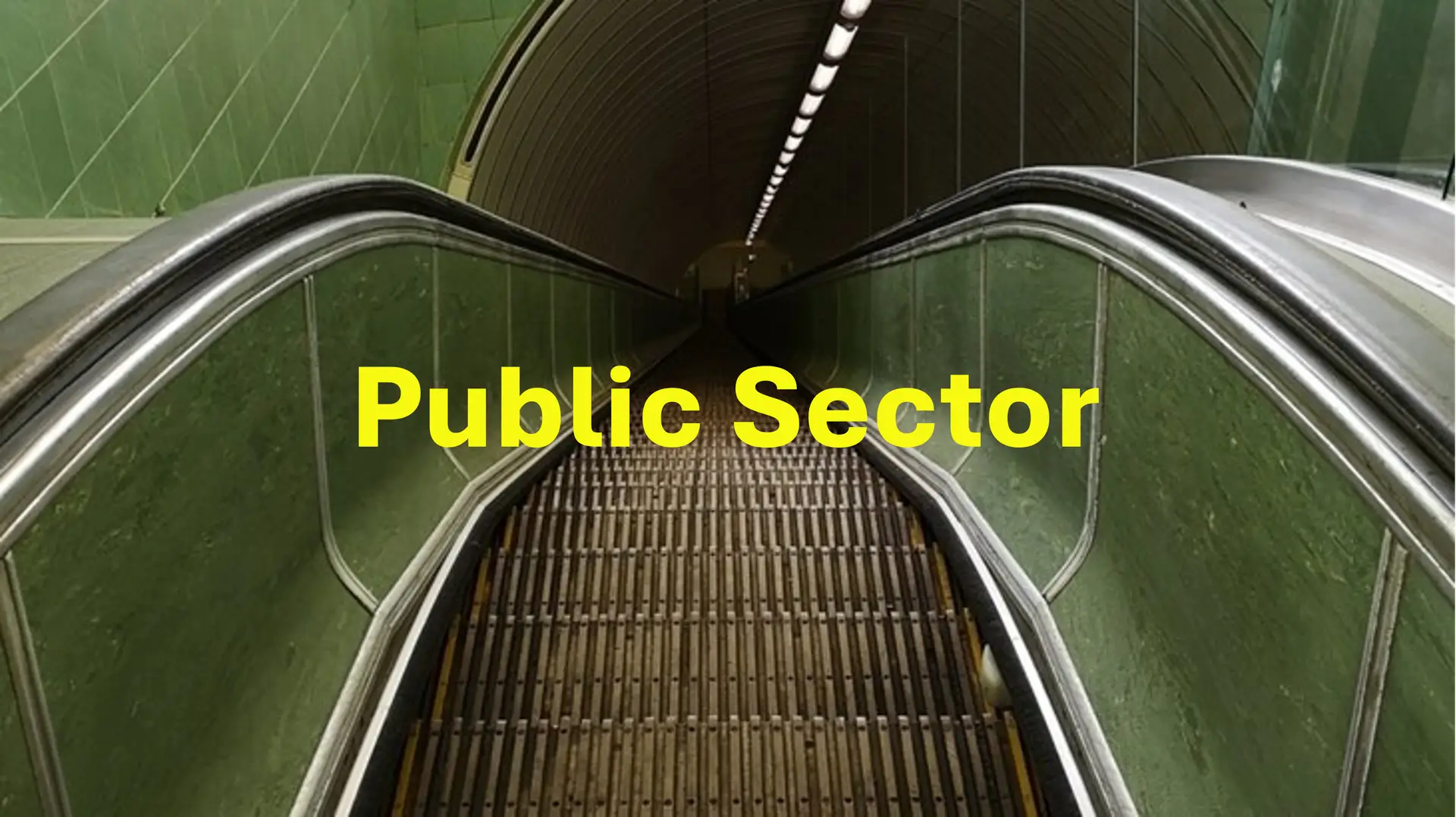Education
Our Portfolio
We are vastly experienced in the Education sector.
Works can often be on or adjacent to busy sensitive sites, therefore, all works are planned and managed effectively to ensure that the buildings use and any potential implications which may arise as a result of our works are co-ordinated to facilitate the work with the least possible disruption to all parties concerned.
Kings College London
The work
Client: Kings College London
Services delivered: Principal Contractor, Asbestos Removal, Reinstatement
Location: Central London
Founded in 1829, Kings College London is the 4th oldest University in London comprising of in excess of 100 buildings with more than 29,000 students and 8,000 staff from 150 different countries. ‘Kings’ has a proud history of inspiring and supporting those who seek to solve the world’s most pressing problems. We are delighted to have been awarded a place on the Kings asbestos removal framework.
Works typically include both licensed and non-licensed projects and in the majority of cases require us to work outside of term time, weekends and / or out of hours during weekdays to avoid disruption to the day to day running of the University. All works are procured through a schedule of rates delivered by a dedicated Contracts Manager.
University of Cumbria
The Citadels
The work
Client: University of Cumbria
Services delivered: Soft Strip Demolition, Lead Paint and Asbestos Removal
Location: Carlisle
The Citadels project is the redevelopment of the iconic existing Grade 1 listed Carlisle Citadels buildings including the redevelopment of the Grade 1 listed hospital wing, together with the refurbishment of other buildings, such as the existing and retained Woolworths and adjoining properties on English Street and Victoria Viaduct, such as Burtons and the B&M store, to collectively become the new University of Cumbria’s flagship Carlisle Citadels campus and bring the University into the heart of the city.
Due for completion in 2026, the project, totalling c10,500m2, involves the redevelopment of the existing structures and the construction of new buildings, with teaching areas, facilities for administration and support services, as well as creative and cultural spaces.
To facilitate these works we were instructed by the University of Cumbria to undertake intrusive asbestos surveys before carrying out controlled soft strip demolition and safely removing asbestos and other hazardous material, such as lead paint, from the various buildings.
De Montfort University
The work
Client: De Montfort University.
Services delivered: Asbestos Removal, Scaffolding.
Location: Leicester, Leicestershire.
Founded in 1870, De Montfort University is located in the city of Leicester. The University has approximately 27,000 full and part-time students, 3,500 staff and an annual turnover in the region of £168m. We were commissioned by De Montfort University to undertake major asbestos works to the underground duct system within the Hawthorn Building and associated Boiler Room.
The duct system contained asbestos residues to walls and pipework. We were instructed to remove the pipework using the wrap and cut method and clean the walls using mechanical abrasive techniques by deploying ‘needle guns’ to facilitate urgent upgrade works and to ensure that the future maintenance of the duct system could be upheld. Additional works included the part clean of the associated boiler room. The University remained live throughout the works, the project was delivered in two phases and we worked out of hours so as not to disrupt the day to day running of the University.
University of Portsmouth
The work
Client: University of Portsmouth.
Services delivered: Asbestos Removal.
Location: Portsmouth, Hampshire.
The history of the University dates back to 1908, when the Park Building opened as a Municipal College and Public Library. Originally a Polytechnic they received University status in 1992 and now accommodates in excess of 23,000 students. We were commissioned by the University of Portsmouth to undertake remediation works in advance of a wider refurbishment project to Burrell House which provides accommodation to international students.
This project involved the removal of AIB panels and door headers throughout the four storey building, incorporating the removal of 2,000m2 of textured coating from the concrete ceilings to the entire block, removed under fully controlled conditions.
Sheffield Hallam University
The work
Client: Sheffield Hallam University.
Services delivered: Principal Contractor, Asbestos Removal, M&E Services, Reinstatement.
Location: Sheffield, South Yorkshire.
Opened in 1836, Collegiate Crescent was used as a Military hospital from 1915 – 1919 and both Collegiate Hall and the main building on Arundel Street were bombed during the Sheffield blitz (1940). Today Sheffield Hallam is the 6th largest University in the UK with 32,000 students and a turnover of £260 million. The University’s physical environment includes grade II listed buildings as well as brand new facilities.
We were instructed as Principal Contractor by Sheffield Hallam University to undertake the removal of thermal insulation residues within the Collegiate Hall Main Plant Room. Asbestos trained electrical and mechanical contractors were employed to assist with the management, isolation, evaluation, certification and repair of pipework and electrical services as required by the project to facilitate urgent heating repairs to Collegiate Hall.
University College London
(UCL)
The work
Client: University College London
Services delivered: Asbestos Removal, Scaffolding, Reinstatement.
Location: Central London.
Founded in 1826 in the heart of London, UCL is London’s leading multi-disciplinary University, with more than 13,000 staff and 42,000 students from 150 different countries. We are the sole service provider delivering for asbestos removal a wide range of asbestos remediation services across the entire UCL estate. This includes planned estates development projects and planned strategic maintenance projects as well as emergency works and general building repairs.
Recent works included the removal of asbestos insulation residues to high level services and associated cement render to the ceiling and high level walls within the Egyptian Archaeology Plant Room to facilitate on-going large scale maintenance works. The plant room is a major energy centre and remained live throughout the works undertaken in nine separate phases using a bespoke scaffold to each phase constructed to create and maintain an enclosed walkway beneath each enclosure allowing continued access to critical plant and machinery throughout the project’s duration.
Removing asbestos is particularly dangerous as the fibres become harmful when disturbed and released into the atmosphere. The risk of releasing these dangerous fibres is particularly high without proper training, equipment and control measures. If handled incorrectly and inhaled these fibres can cause serious asbestos related diseases. It can take as little as 10 years and up to 50 years to develop these diseases depending on exposure. Asbestos exposure causes 5,000 deaths every year, vastly more than the number of people killed on UK roads.
Planned and responsive works such as risk assessments, re-inspections, asbestos removal and containment are effectively scheduled and managed. The system digitally deploys compliance checklists and records key data on ACM’s, air testing, waste consignment, exposure rates, H&S, staff training and sustainability. A centralised management dashboard allows multiple sites to be monitored in real time and records of scheduled works are updated instantly.
All our staff are continuously assessed through audit and competency checks carried out by our Compliance Team, Managers and Site Supervisors. This information is gathered to enable us to produce a relevant training needs analysis (TNA) programme delivered using our state of the art training facility, ensuring all individuals’ needs are met.







